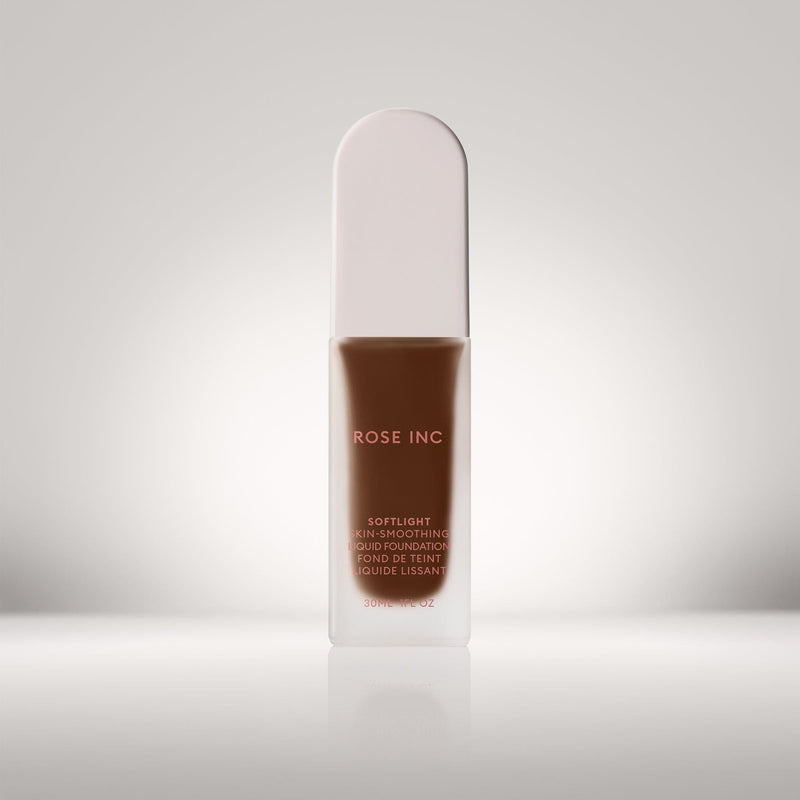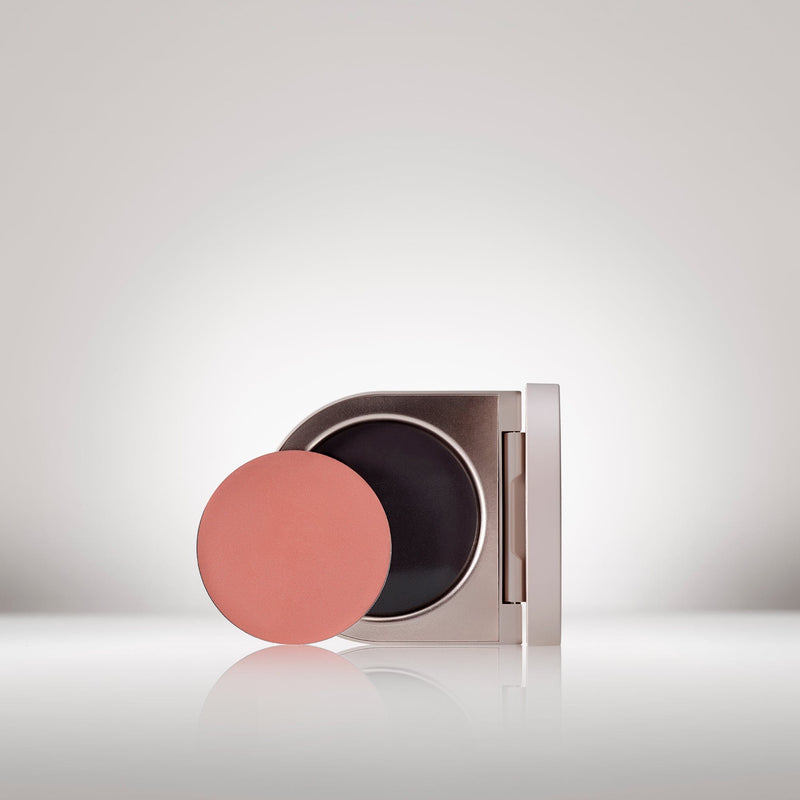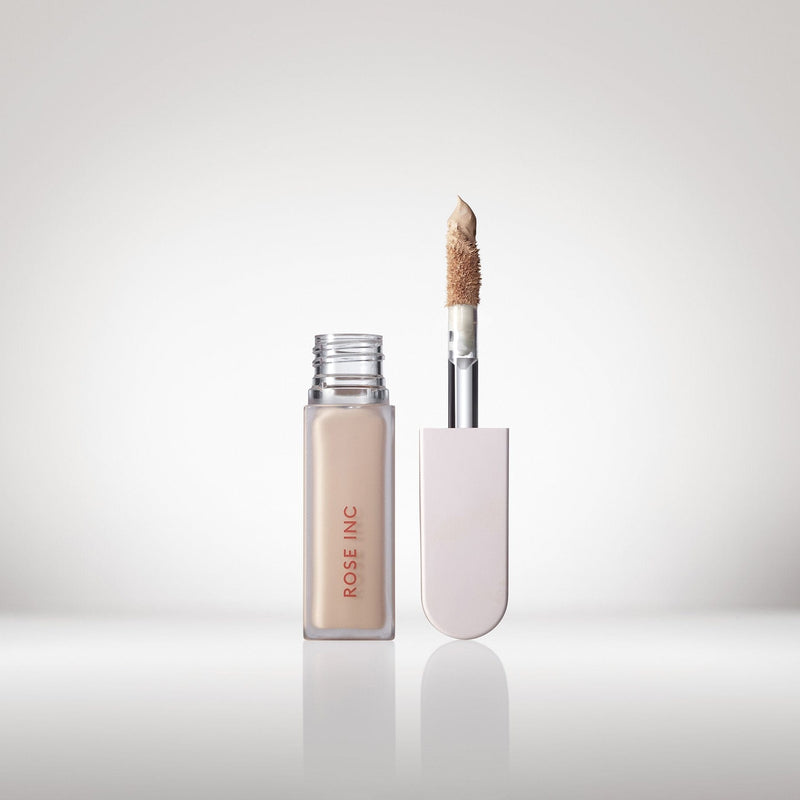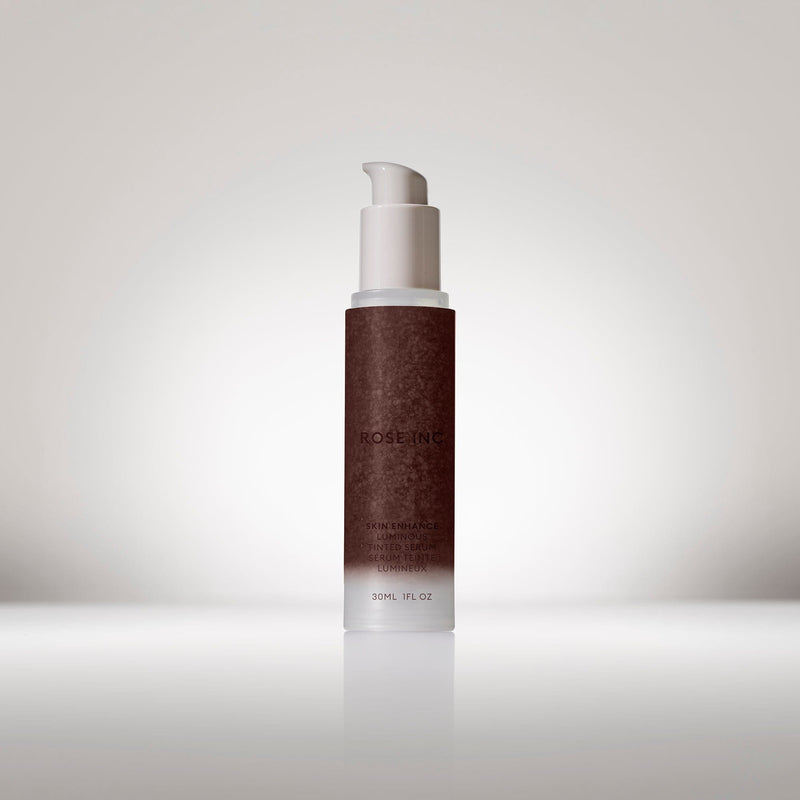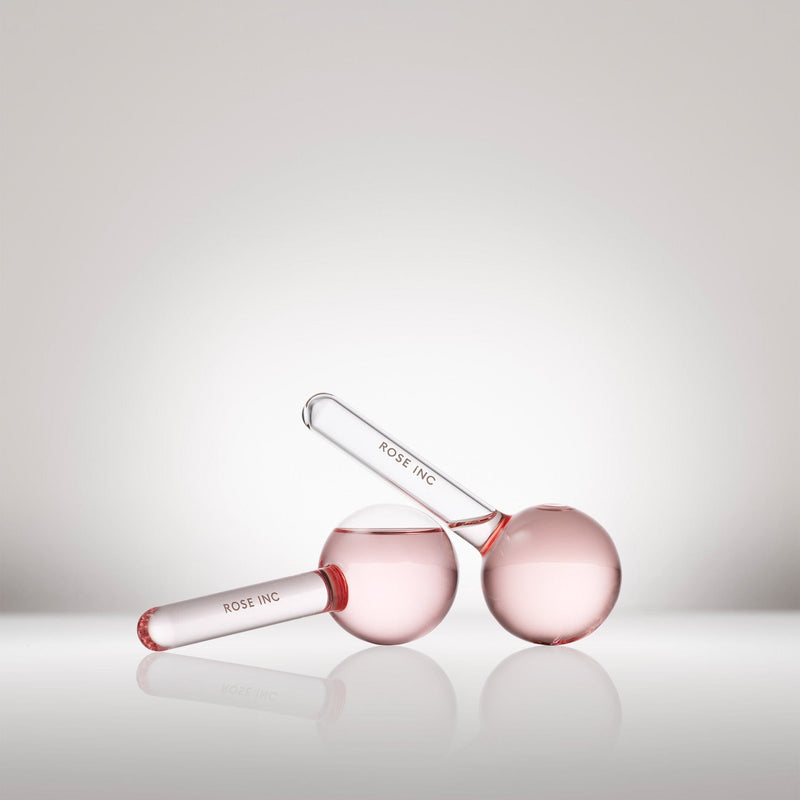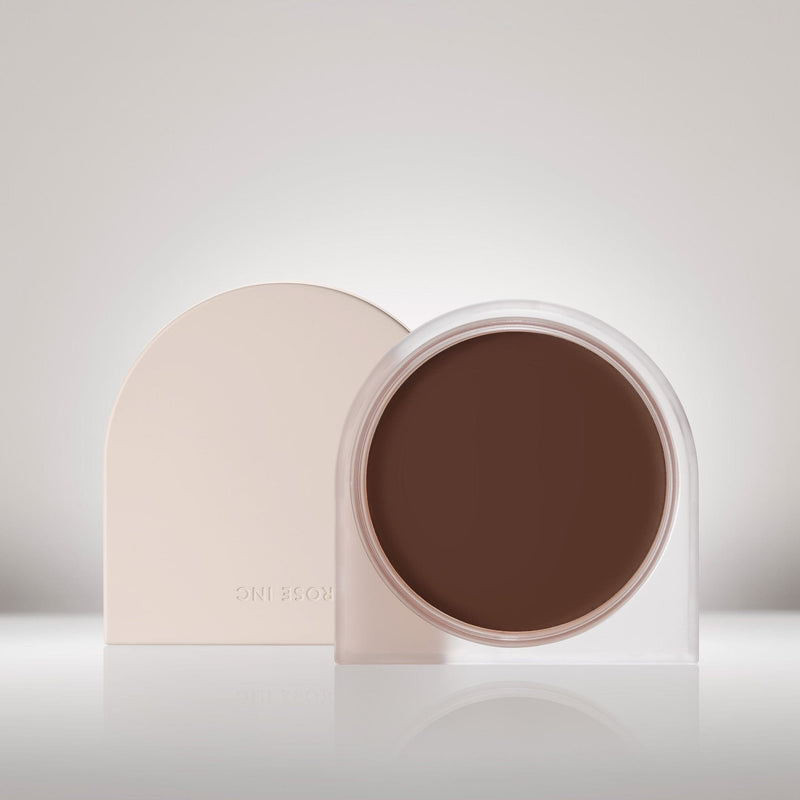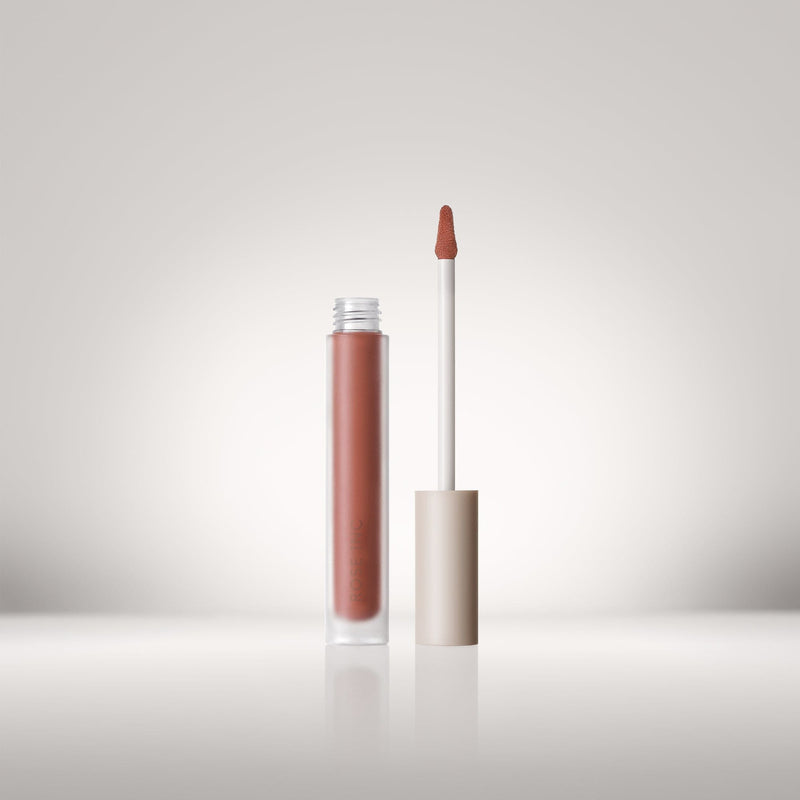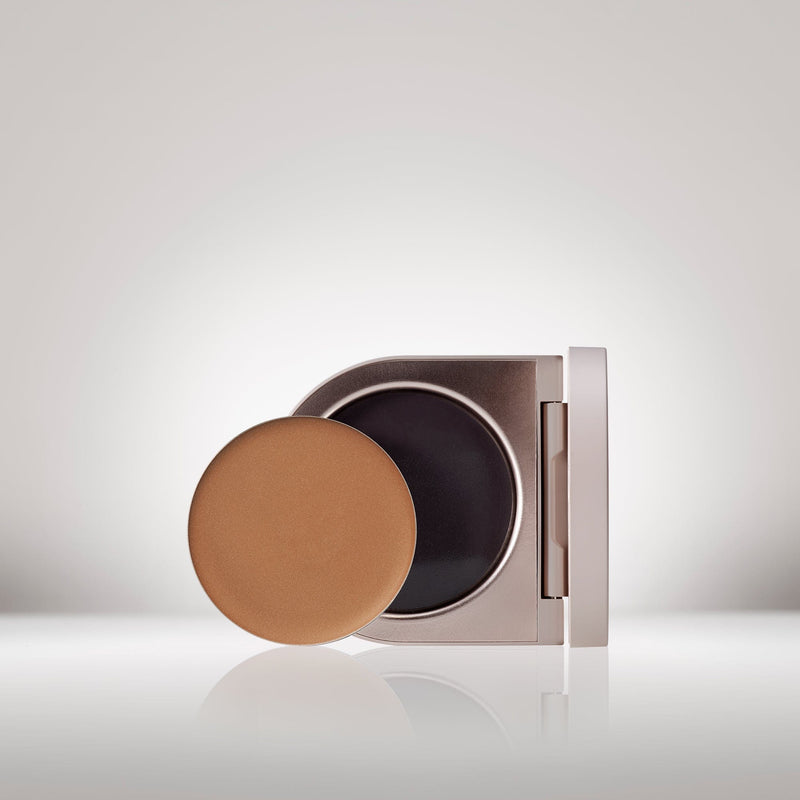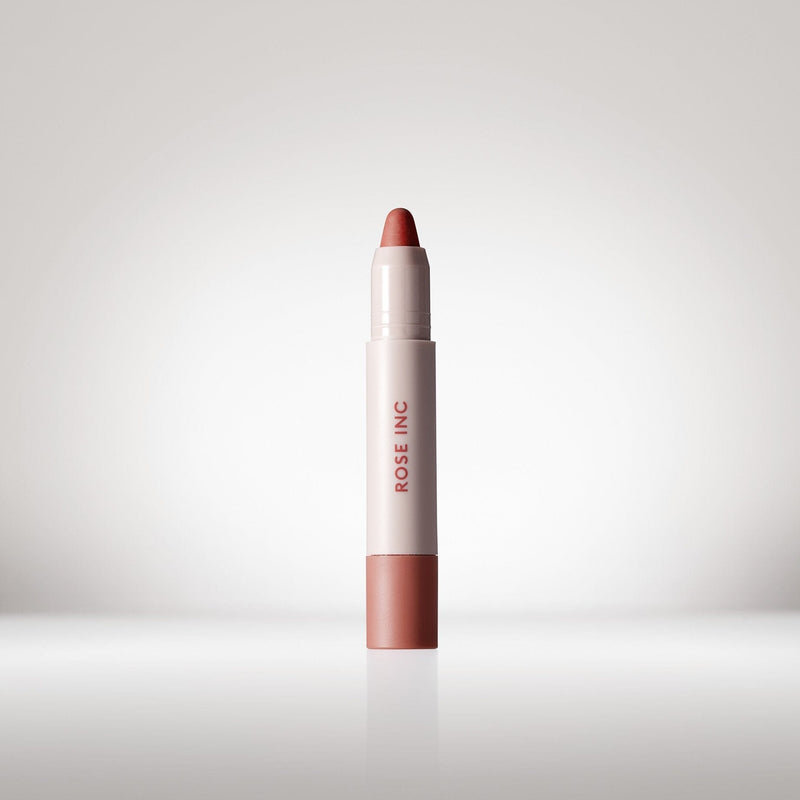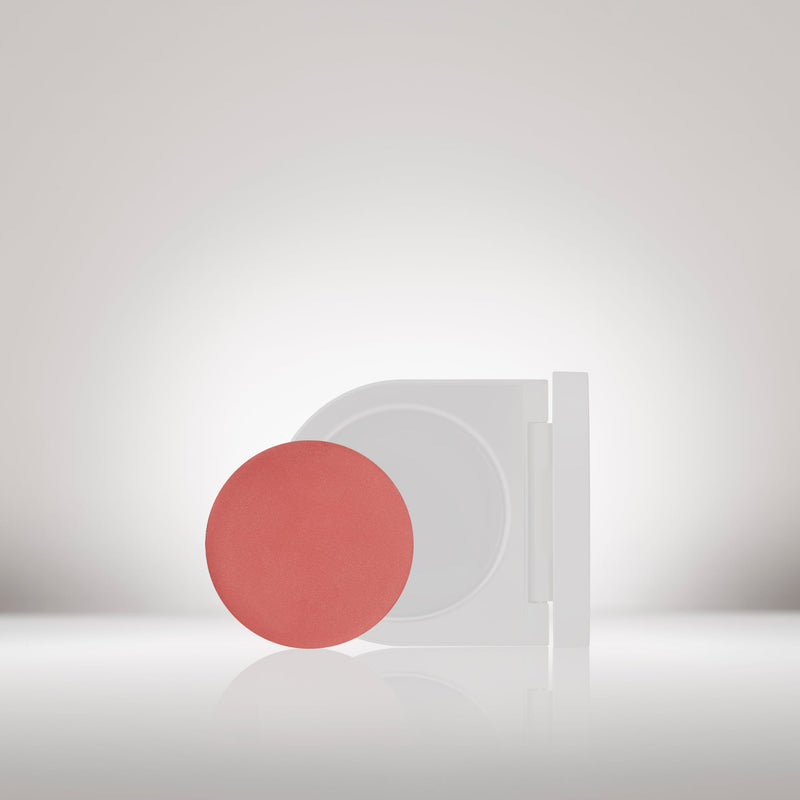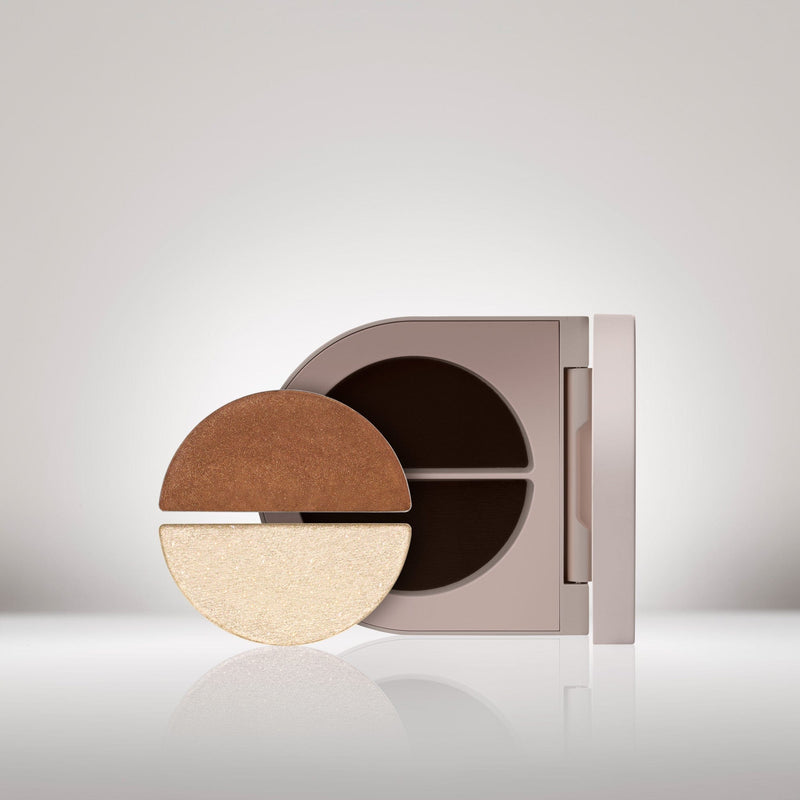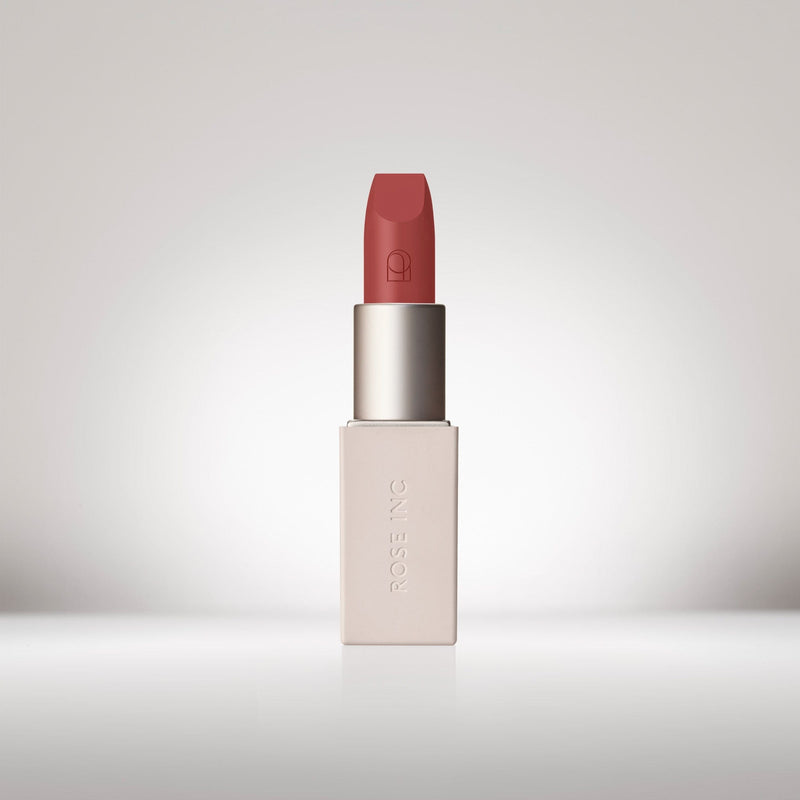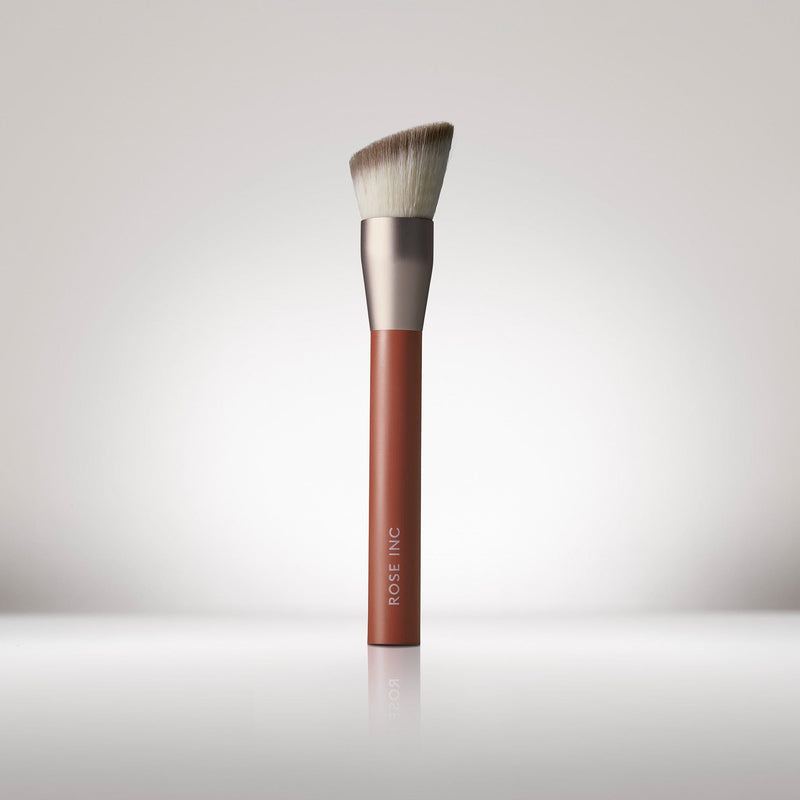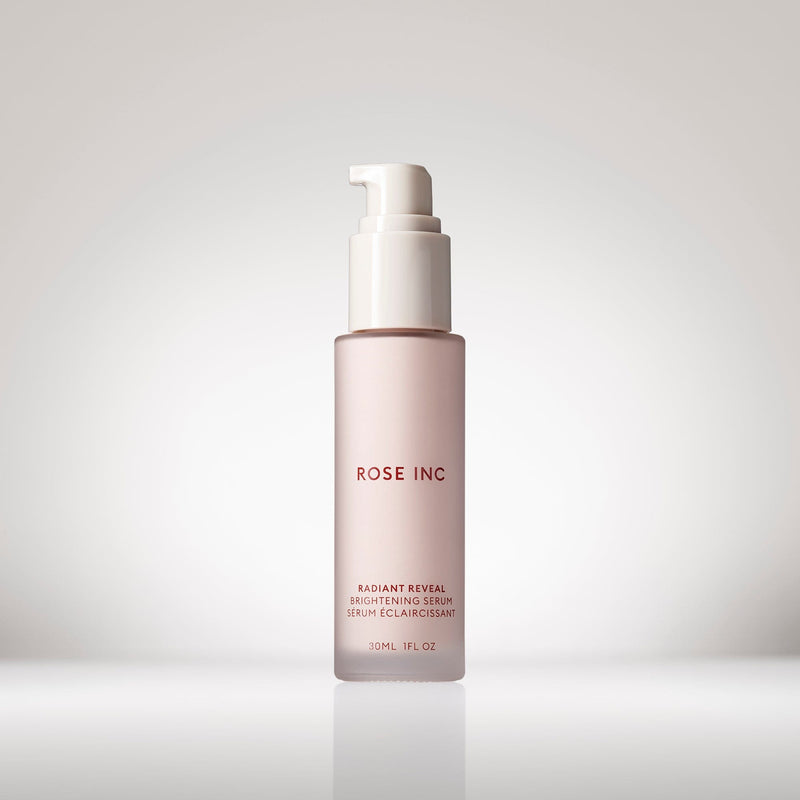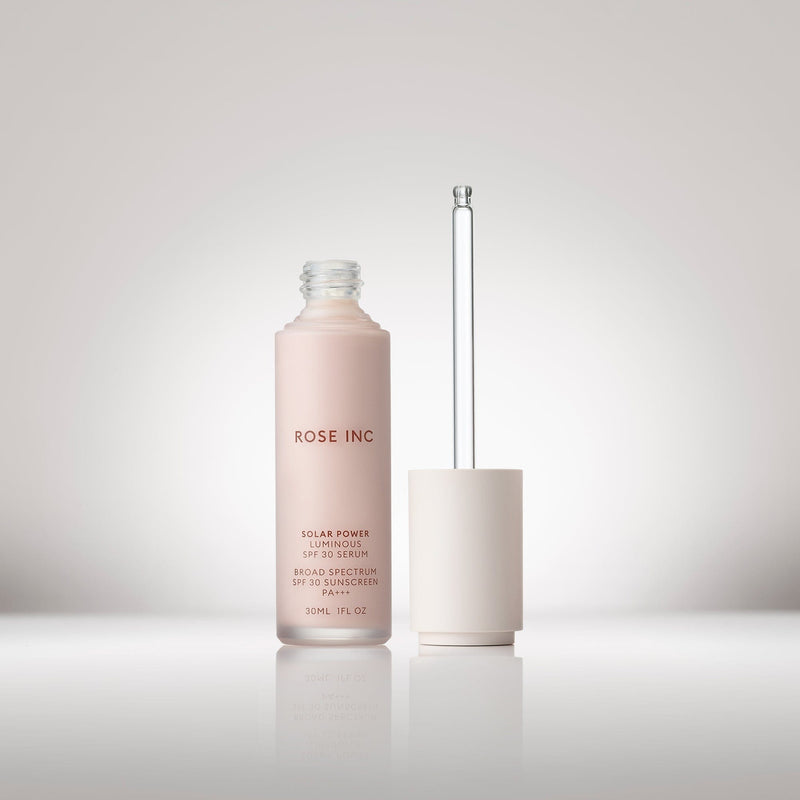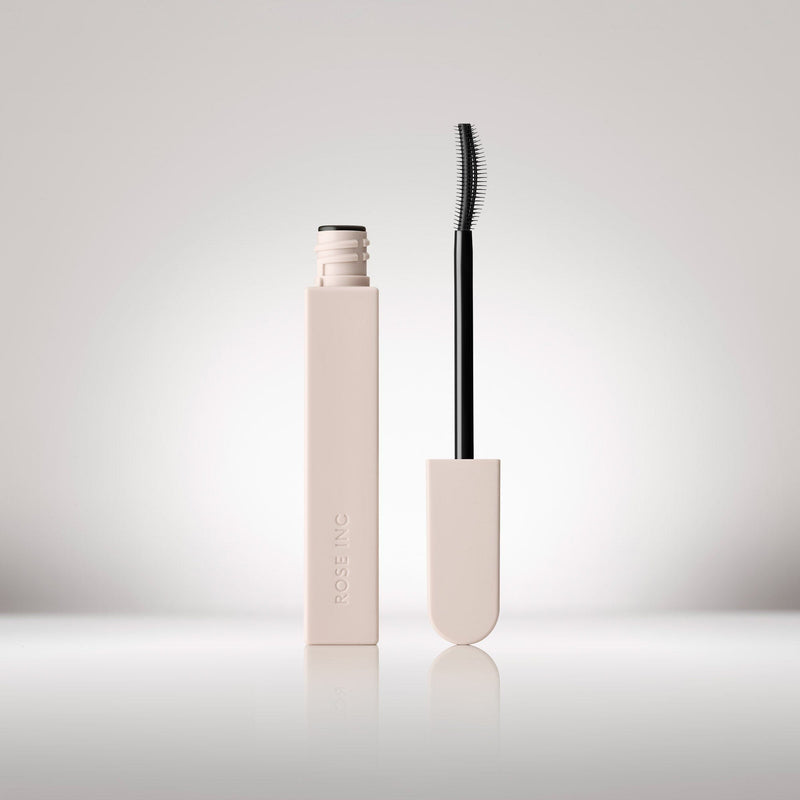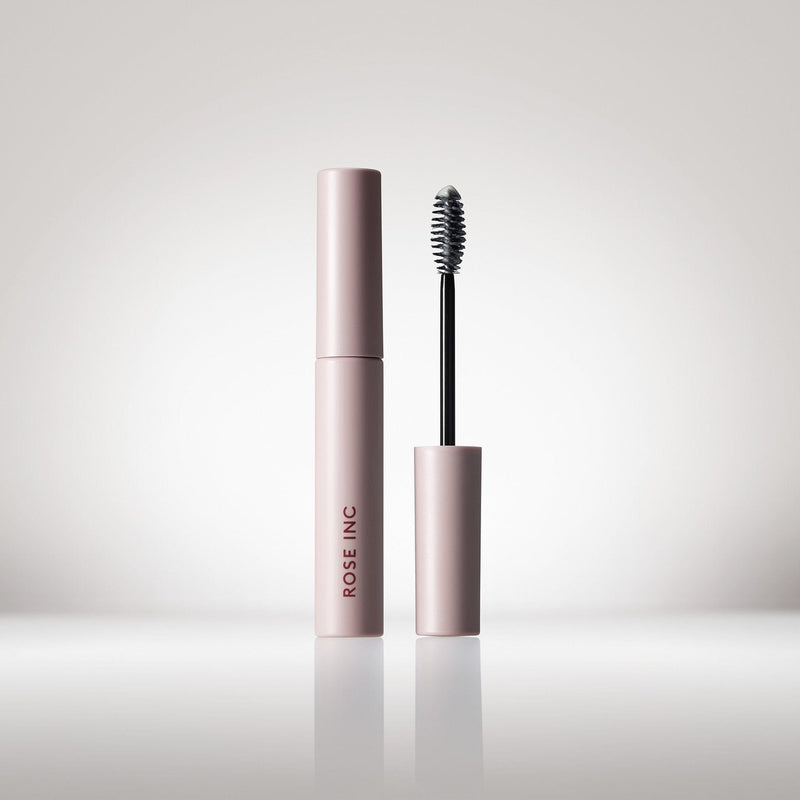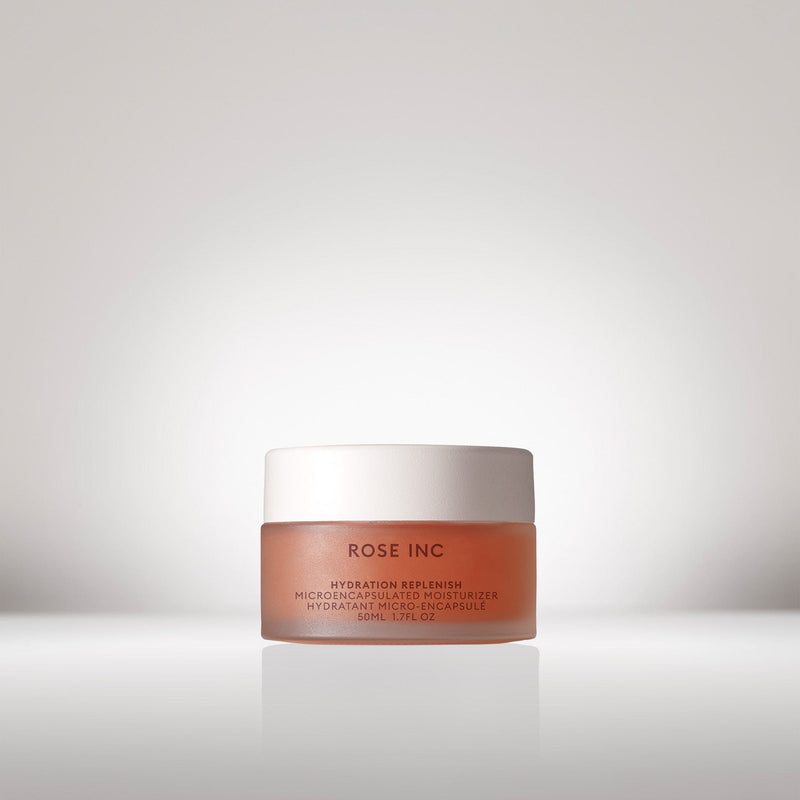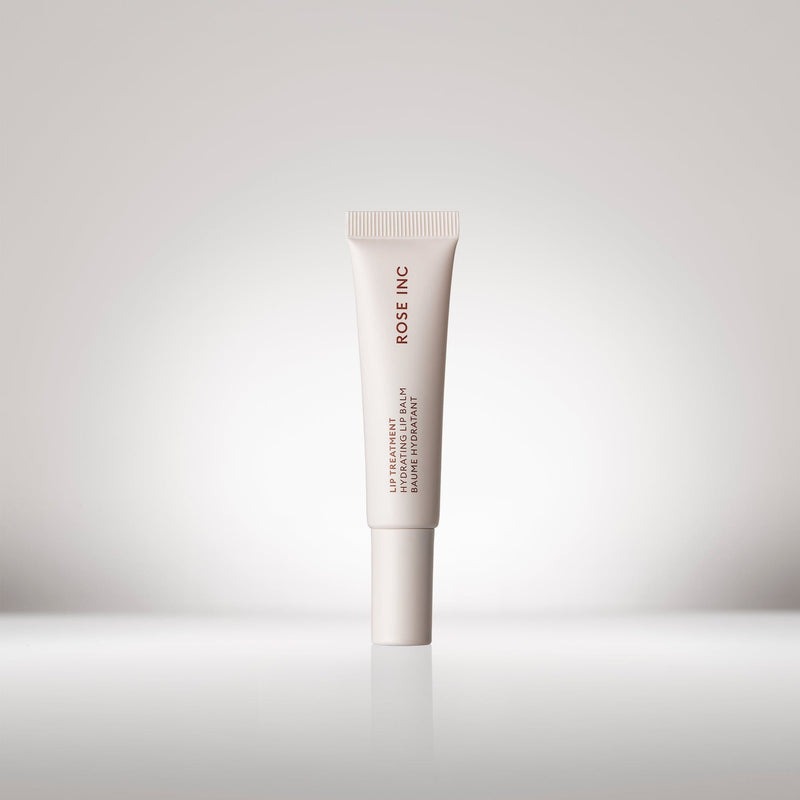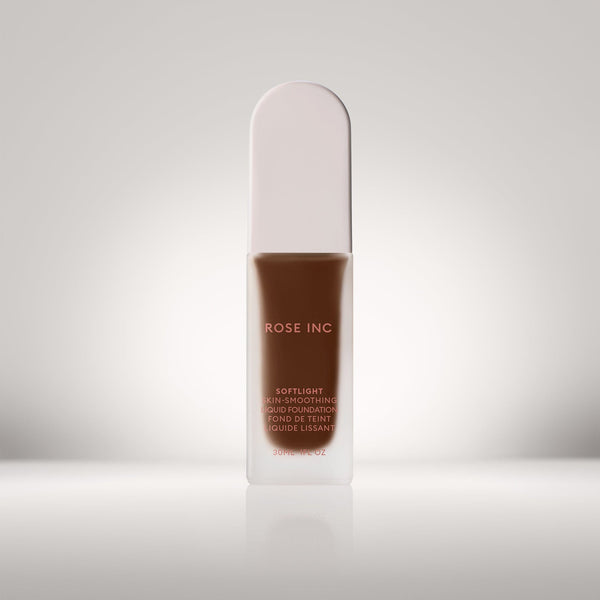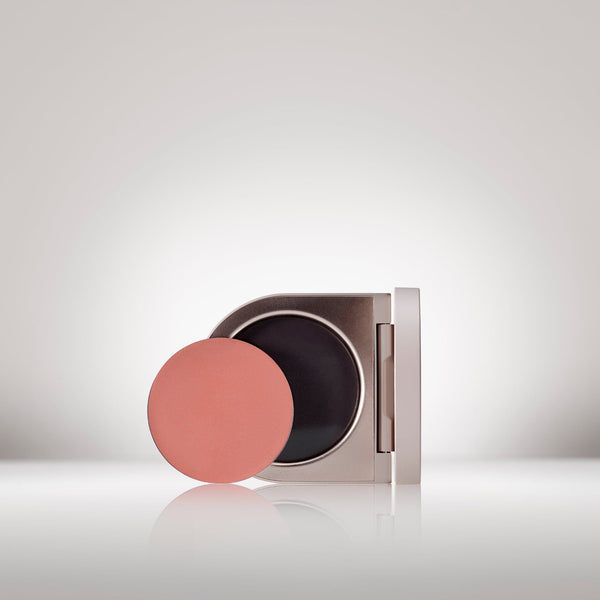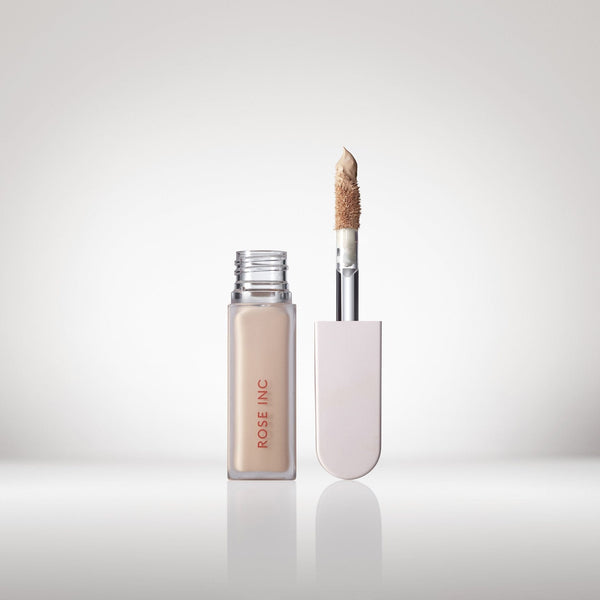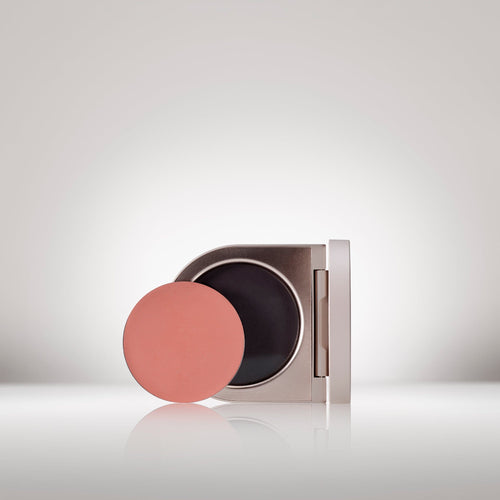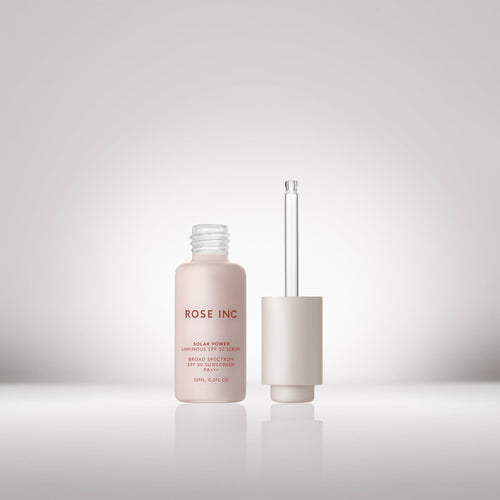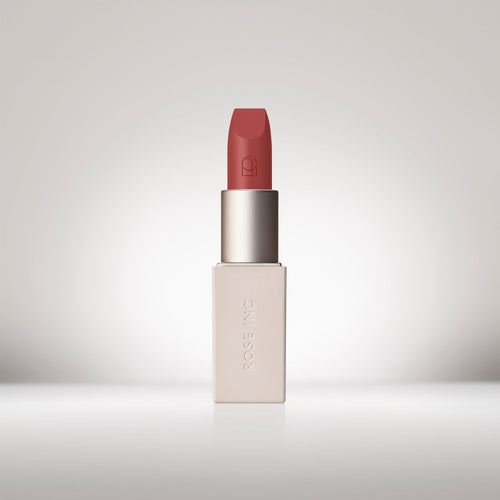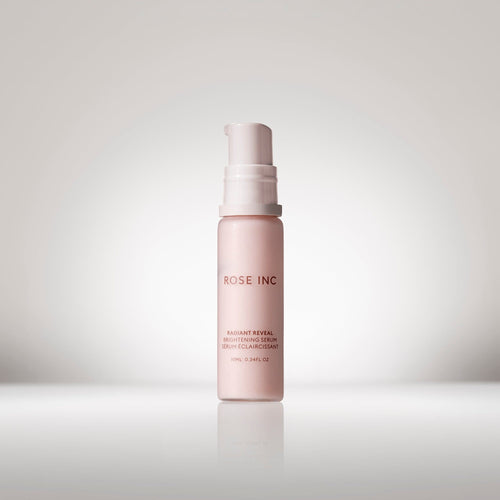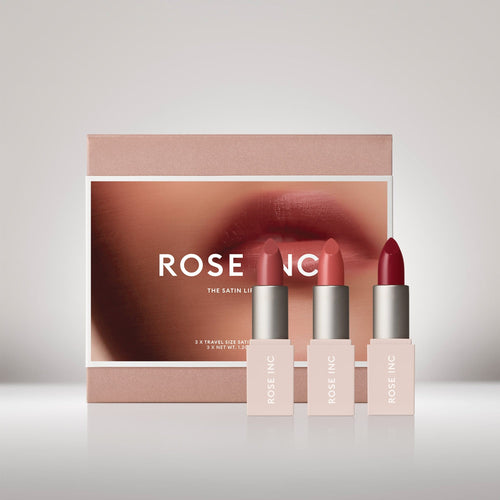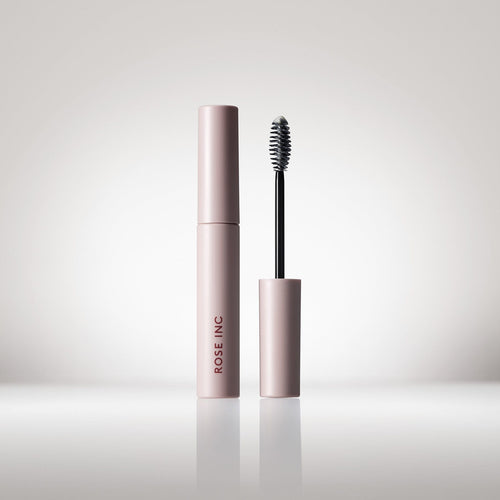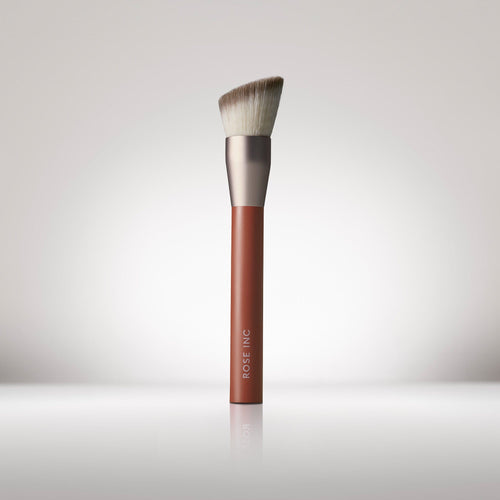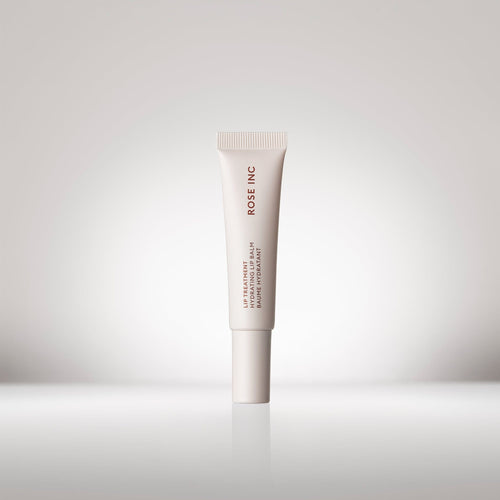The celeb stylist shares valuable advice for fellow new moms.
Collections
Product Type
Filter
- SHOP
- EXPLORE
Collections
- Body Care
- New
- Bestsellers
- Sets
Product Type
- Makeup
- Skincare
- Brushes/Tools
- Travel
Filter
- By Benefit
-
-
Top Sellers
Shop all
About US
- OUR STORY
- INGREDIENTS
- SUSTAINABILITY
- RECYCLING GUIDE
Editorial
- New
- Profile
- Education
- Tutorial
- RHW SHORTLIST
Search By Category
Popular Searches
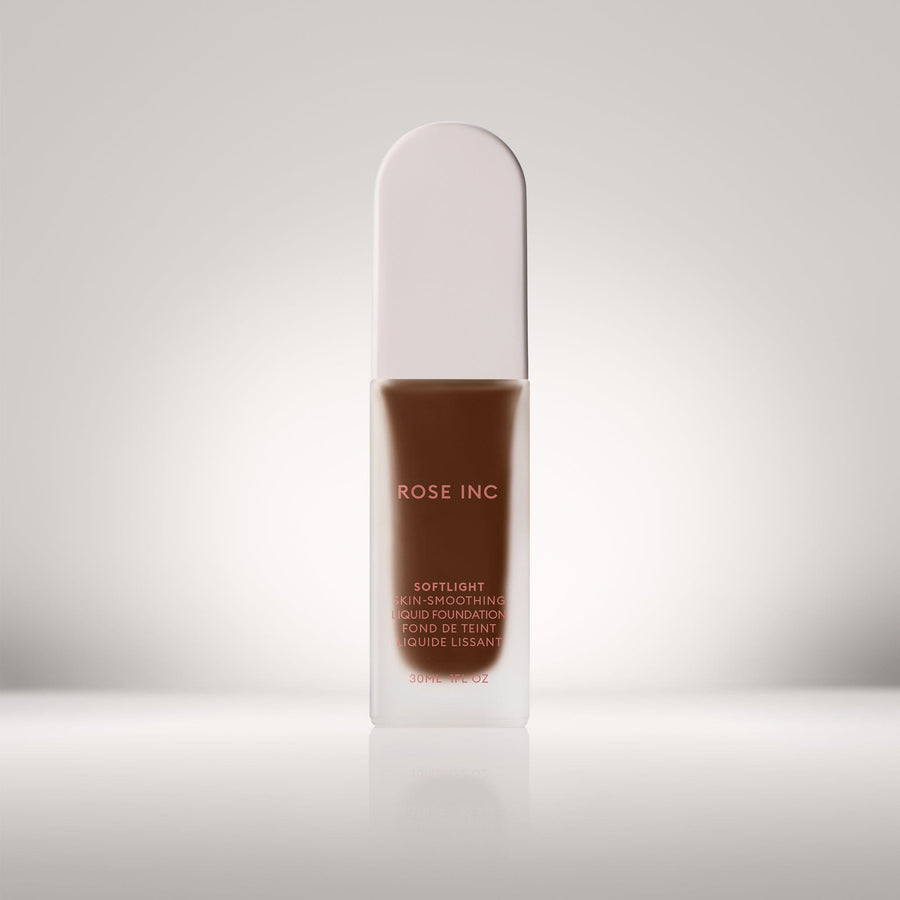
Softlight Skin-Smoothing Liquid Foundation
A medium-buildable foundation with a smooth, soft-matte finish.
31N
Deep with Neutral Undertone
30W
Deep with Warm Red Undertone
29N
Deep with Neutral Red Undertone
28W
Deep with Warm Golden Undertone
27C
Deep with Cool Red Undertone
26N
Deep with Cool Red Undertone
25W
Deep with Warm Golden Undertone
24W
Medium-Deep with Warm Olive Undertone
23C
Medium-Deep with Cool Pink Undertone
22N
Medium-Deep with Neutral Undertone
21W
Medium-Deep with Neutral Undertone
20N
Medium-Deep with Neutral Golden Undertone
19N
Medium-Deep with Neutral Undertone
18W
Medium-Deep with Warm Golden Undertone
17C
Medium with Cool Pink Undertone
16W
Medium with Warm Olive Undertone
15N
Medium with Neutral Golden Undertone
14W
Medium with Warm Peach Undertone
13N
Medium with Neutral Undertone
12C
Medium with Cool Neutral Undertone
11W
Medium with Warm Golden Undertone
10N
Light-Medium with Neutral Olive Undertone
9W
Light-Medium with Warm Peach Undertone
8N
Light with Neutral Undertone
7C
Light with Cool Pink Undertone
6W
Light with Warm Golden Undertone
5N
Light with Neutral Undertone
4W
Light with Warm Golden Undertone
3N
Fair with Neutral Undertone
2N
Fair with Neutral Olive Undertone
1C
Fair with Cool Pink Undertone
31N
Deep with Neutral Undertone
Softlight Skin-Smoothing Liquid Foundation
Medium Coverage, brightening, balancing

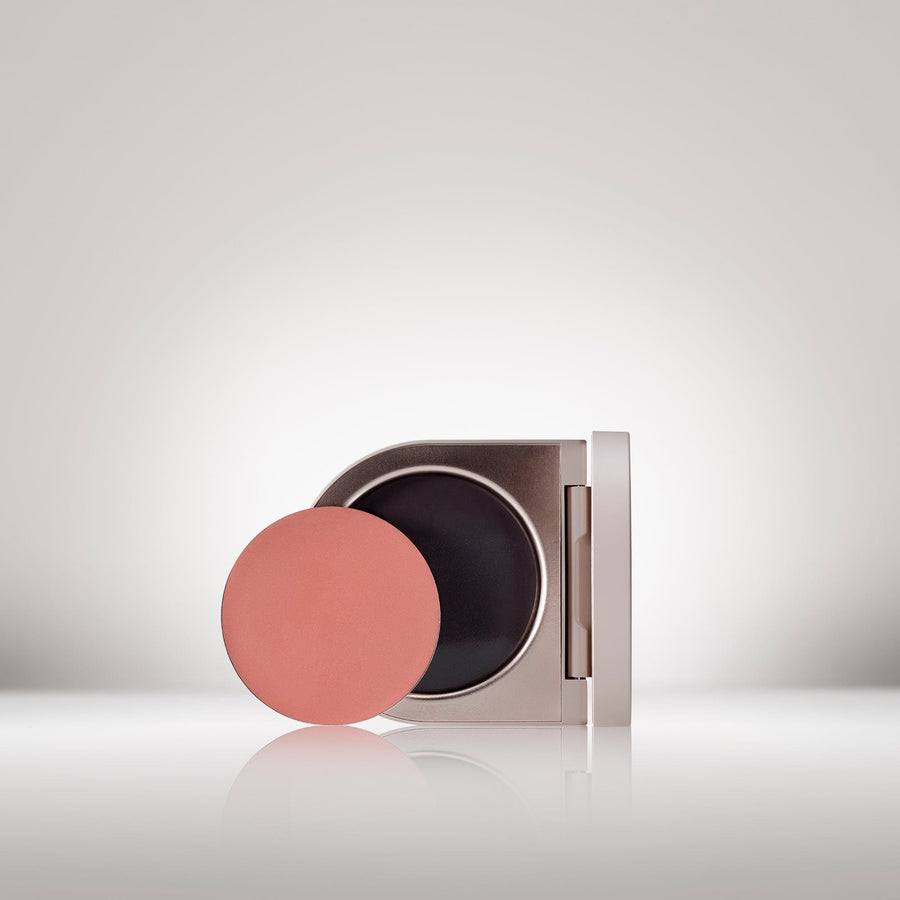
Cream Blush Refillable Cheek &
A hydrating cream that brightens and blurs with a radiant...
Hydrangea
Light cool pink
Wisteria
Coral pink
Anemone
Coral
Heliotrope
Apricot
Delphine
Muted peach
Daylily
Rich taupe
Foxglove
Warm terracotta
Ophelia
True pink
Camellia
Mauve
Hibiscus
Bright plum
Azalea
Berry
Dahlia
Deep berry
Hydrangea
Light cool pink
Cream Blush Refillable Cheek & Lip Color
Brightening, blurring and longwearing
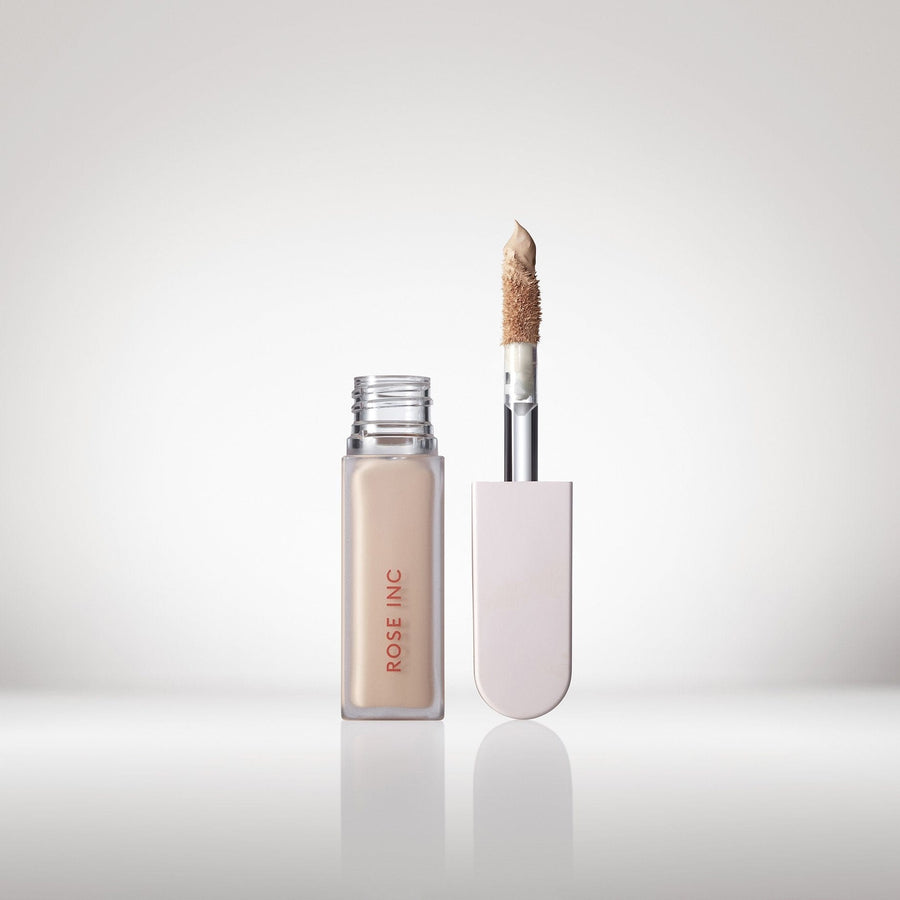
Softlight Luminous Hydrating Concealer
A does-it-all concealer that brightens, blurs and contours while nourishing...
LX 200
Very Deep Skin Tone, Neutral Undertone
LX 190
Very Deep Skin Tone, Cool Red Undertone
LX 180
Deep Skin Tone, Warm Neutral Undertone
LX 170
Deep Skin Tone, Golden Undertone
LX 160
Deep Skin Tone, Red Undertone
LX 150
Deep Skin Tone, Neutral Undertone
LX 140
Medium/Deep Skin Tone, Neutral Undertone
LX 130
Medium/Deep Skin Tone, Warm Golden Undertone
LX 120
Medium/Deep Skin Tone, Pink Undertone
LX 110
Medium/Deep Skin Tone, Golden Undertone
LX 100
Medium/Deep Skin Tone, Peach Undertone
LX 090
Medium Skin Tone, Olive Undertone
LX 080
Medium Skin Tone, Pink Undertone
LX 070
Medium Skin Tone, Golden Undertone
LX 060
Medium Skin Tone, Peach Undertone
LX 050
Light/Medium Skin Tone, Neutral Undertone
LX 040
Light/Medium Skin Tone, Golden Neutral Undertone
LX 030
Light Skin Tone, Pink Undertone
LX 020
Light Skin Tone, Peach Undertone
LX 010
Fair Skin Tone, Neutral Undertone
LX 200
Very Deep Skin Tone, Neutral Undertone
Softlight Luminous Hydrating Concealer
Medium coverage, brightening, blurring

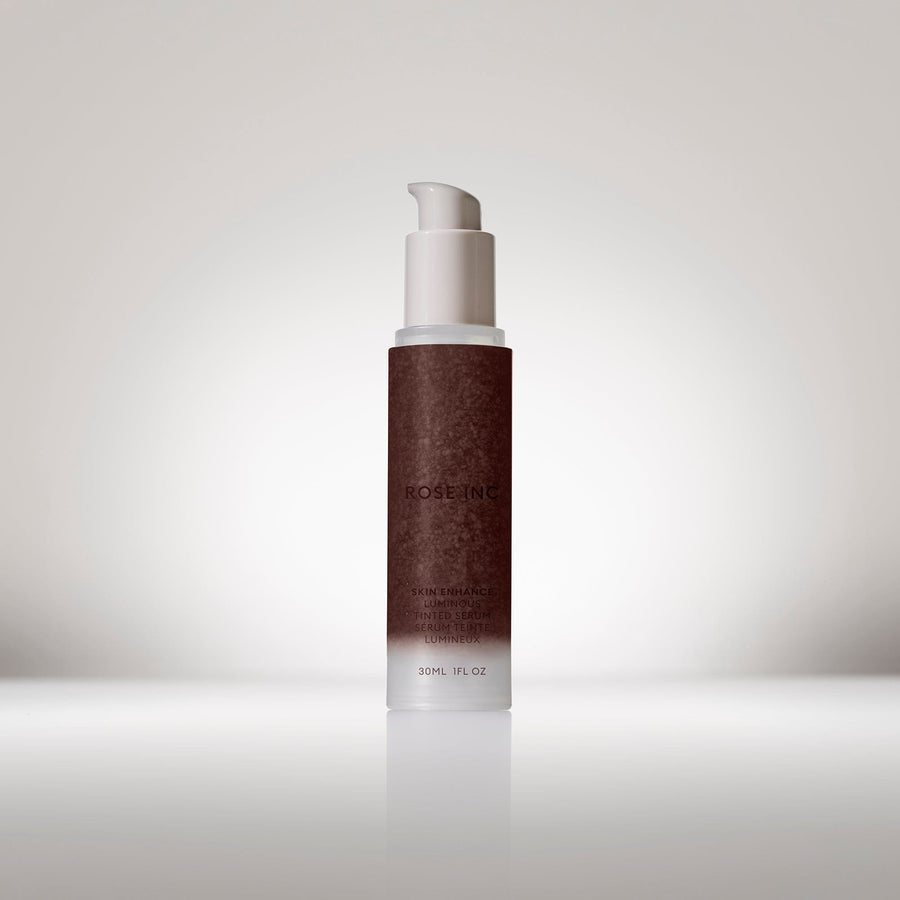
Skin Enhance Luminous Tinted Serum
A hydrating skin tint that delivers powerful skincare and sheer,...
140
Very Deep Skin Tone/Red Undertone
130
Deep Skin Tone/Neutral Undertone
120
Deep Skin Tone/Red Undertone
110
Deep Skin Tone/Golden Undertone
100
Medium Deep Skin Tone/Golden Undertone
090
Medium Deep Skin Tone/Olive Undertone
080
Medium Tan Skin Tone/ Peach Undertone
070
Medium Skin Tone/Peach Undertone
060
Medium Skin Tone/ Neutral Undertone
050
Medium Skin Tone/ Pink Undertone
040
Light to Medium Skin Tone/ Neutral Undertone
030
Light Skin Tone/ Warm Golden Undertone
020
Light Skin Tone/Warm Peach Undertone
010
Fair Skin Tone/ Cool Pink Undertone
140
Very Deep Skin Tone/Red Undertone
Skin Enhance Luminous Tinted Serum
Sheer Coverage, illuminating, hydrating
Search By Category
Popular Products
Categories
-
Education
A primer on essential beauty topics, from talc contamination to biodegradability.
-
Profile
Everybody has a story about beauty. Some of the world’s most intriguing people share theirs.
-
Tutorials
Expert beauty advice to inform and inspire.
-
A primer on essential beauty topics, from talc contamination to biodegradability.
-
Everybody has a story about beauty. Some of the world’s most intriguing people share theirs.
-
Expert beauty advice to inform and inspire.
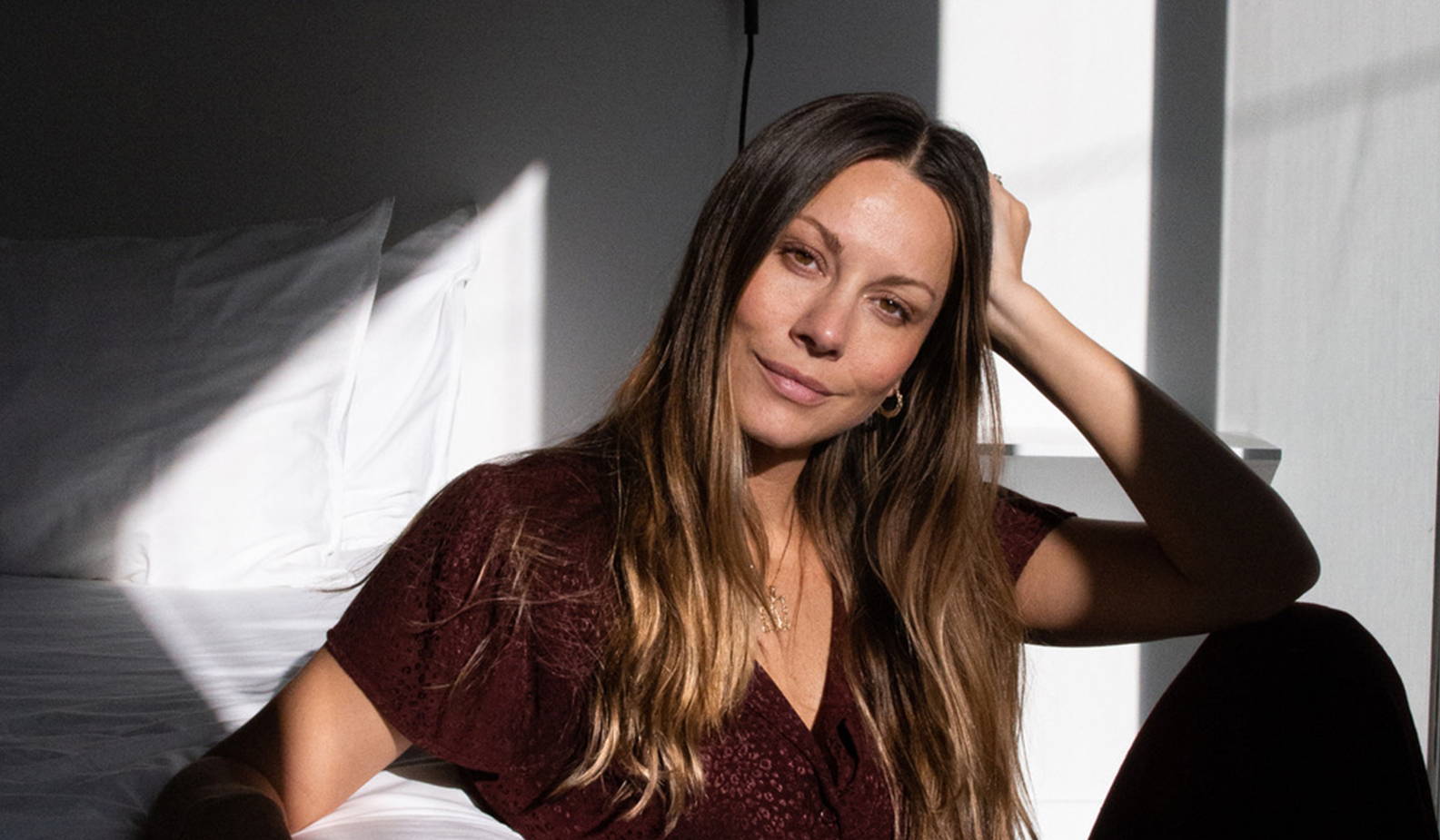
How Hairstylist Sunnie Brook Got Through Postpartum Hair Loss
Education“My hair was so full and shiny while I was pregnant, I felt like I had better hair days than not,” recalls celebrity hairstylist Sunnie Brook about her pregnancy with daughter Ela. “Three or four months after giving birth, I started losing a significant amount of hair. Areas around my parting looked sparser and the clumps that came out in the shower made me cry a few times...it was pretty devastating to see such a drastic change in my hair.”
Referred to as ‘excessive hair shedding’ by the American Academy of Dermatology, the association reports that the common occurrence “usually peaks about four months after giving birth” and notes that “by their child’s first birthday, most women regain their normal hair growth.” While upsetting to any new mom going through foreign physical changes, as a professional hairstylist—Brook works with Elisabeth Moss, Jared Leto, Nicole Scherzinger, and many more—it was especially jarring, so Brook began educating herself about all things postpartum hair. “Hair goes through four stages of growth,” she says. “In a normal hair growth cycle your hair is either in a resting or growing state, but during pregnancy and after giving birth, your body goes through a significant hormone, diet, and metabolism shift, which affects your growth cycle. During pregnancy, your hair is in a longer growing state due to higher levels of estrogen and other pregnancy hormones, and when pregnancy is over, your body goes through another hormone shift causing all the extra hair to fall out.” Because the shedding happens quickly, the hair follicles are not prepared to replace the increased amount of shedding hair, she explains.
With her daughter now 14 months old, Brook can finally share what worked for her, so Rose Inc. tapped the celeb stylist for styling advice, product recommendations, and her best tips and tricks. And while her firsthand advice is no substitute for routine medical care, she hopes sharing her experience will help make styling and care a bit easier for others. Adds the AAD, “If your hair does not regain its normal fullness after one year, you may want to see a dermatologist.”
From care to styling, Brook shares what she learned going through postpartum hair shedding, below.
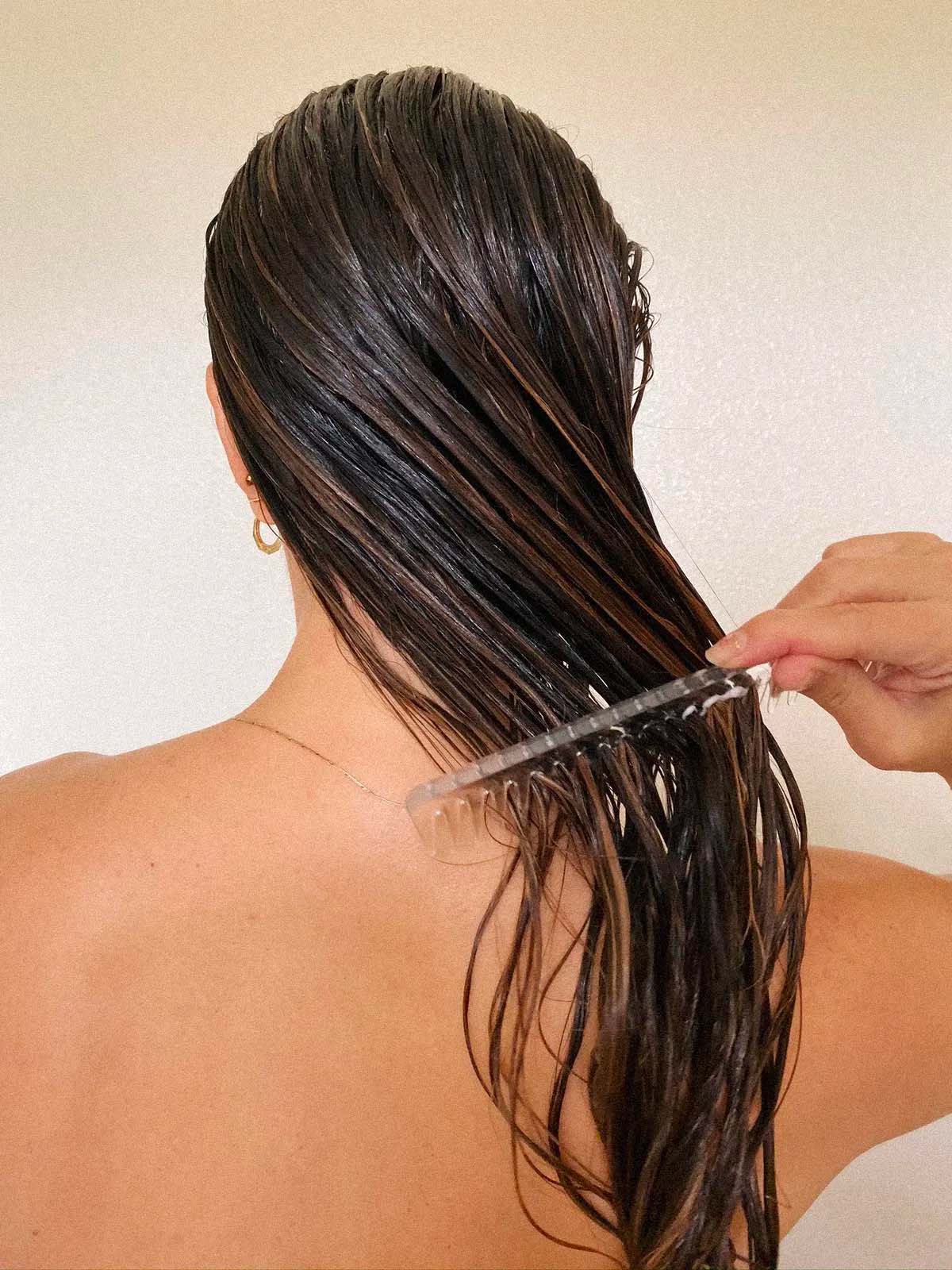
BRUSH BEFORE WASHING
“I found it really helpful to use a boar-bristle paddle brush to collect all the loose hairs before getting in the shower,” Brook recalls. “It helped me notice the loss less. It can be so frightening to see clumps in your hand or the drain as you shampoo your hair.”
DISGUISE HAIR LOSS WITH POWDER
“Use Color Wow Root Cover Up to fill in areas that may leave the scalp more exposed,” Brook says, adding that changing your part can also work wonders. “If you’re losing hair at the temples, try doing a middle part. If you are losing hair all over and are experiencing a loss of volume, try flipping your hair to the other side. Then, play up your new hair growth with a textured bun or French twist to hide shorter strands.”
INVEST IN SILK
“Put your hair in a loose braid and secure it with a silk scrunchie,” Brook says about the nighttime routine that worked for her long hair. “This protects your strands from getting tangled at night or additional friction, which can lead to fragile hair and breakage. A silk scrunchie will keep your ends in place without any added stress—many other hair ties can pinch or easily tear the ends of your hair.” A similar sentiment can be applied to those with short hair, simply opt for a silk bonnet, wrap, or pillowcase to reduce friction.
Clean Beauty. Science-Backed. Made for You.
BE STRATEGIC WITH PRODUCTS
“During the repairing stage, it’s important to protect your scalp and hair strands, especially when styling,” Brook says. “I love the Vegamour GRO Hair Foam and GRO Dry Shampoo because the foam not only creates additional volume, but delivers the scalp benefits for growth.”
Clean Beauty. Science-Backed. Made for You.
‘‘ ...THE CLUMPS THAT CAME OUT IN THE SHOWER MADE ME CRY A FEW TIMES… ’’
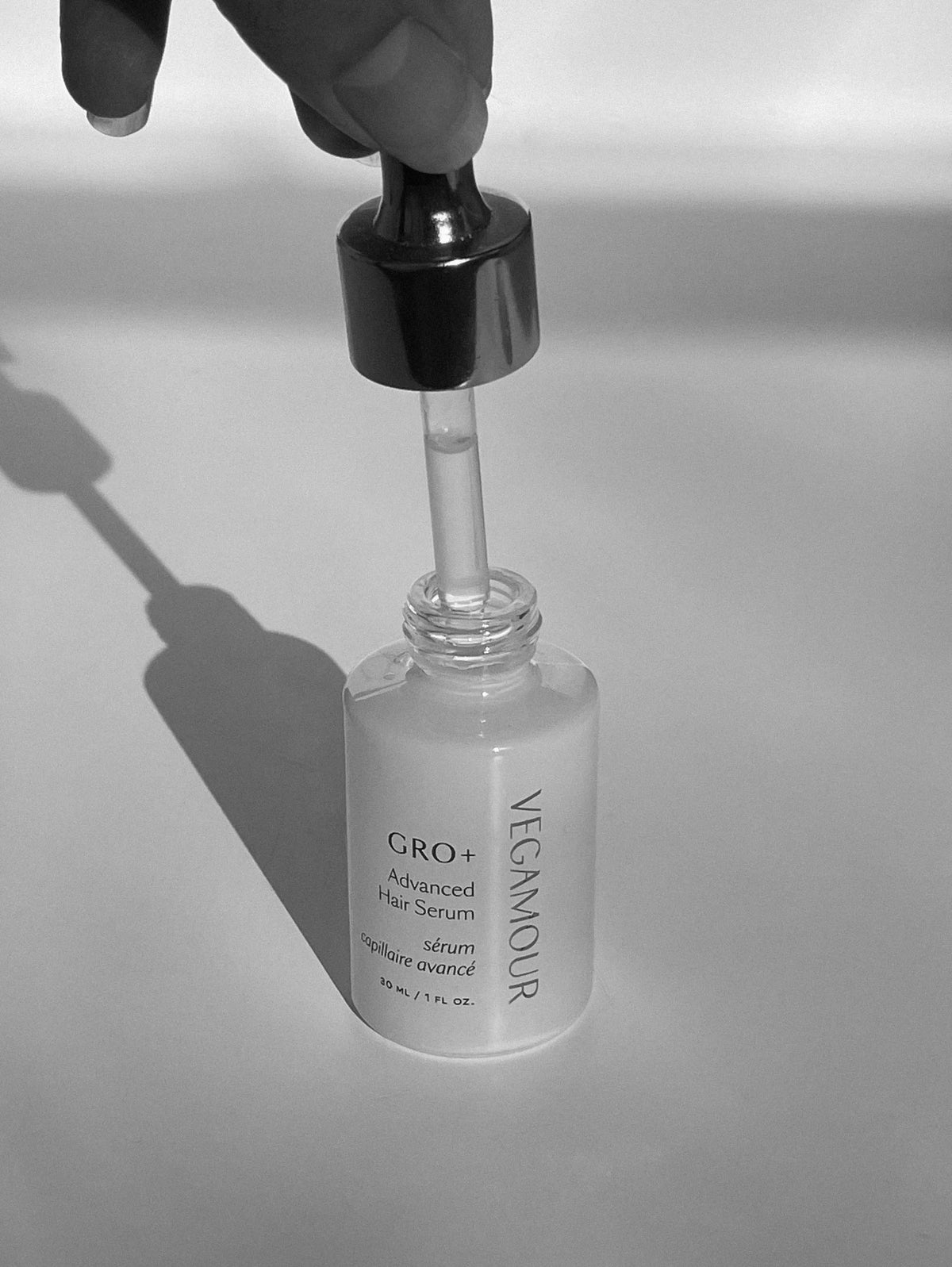
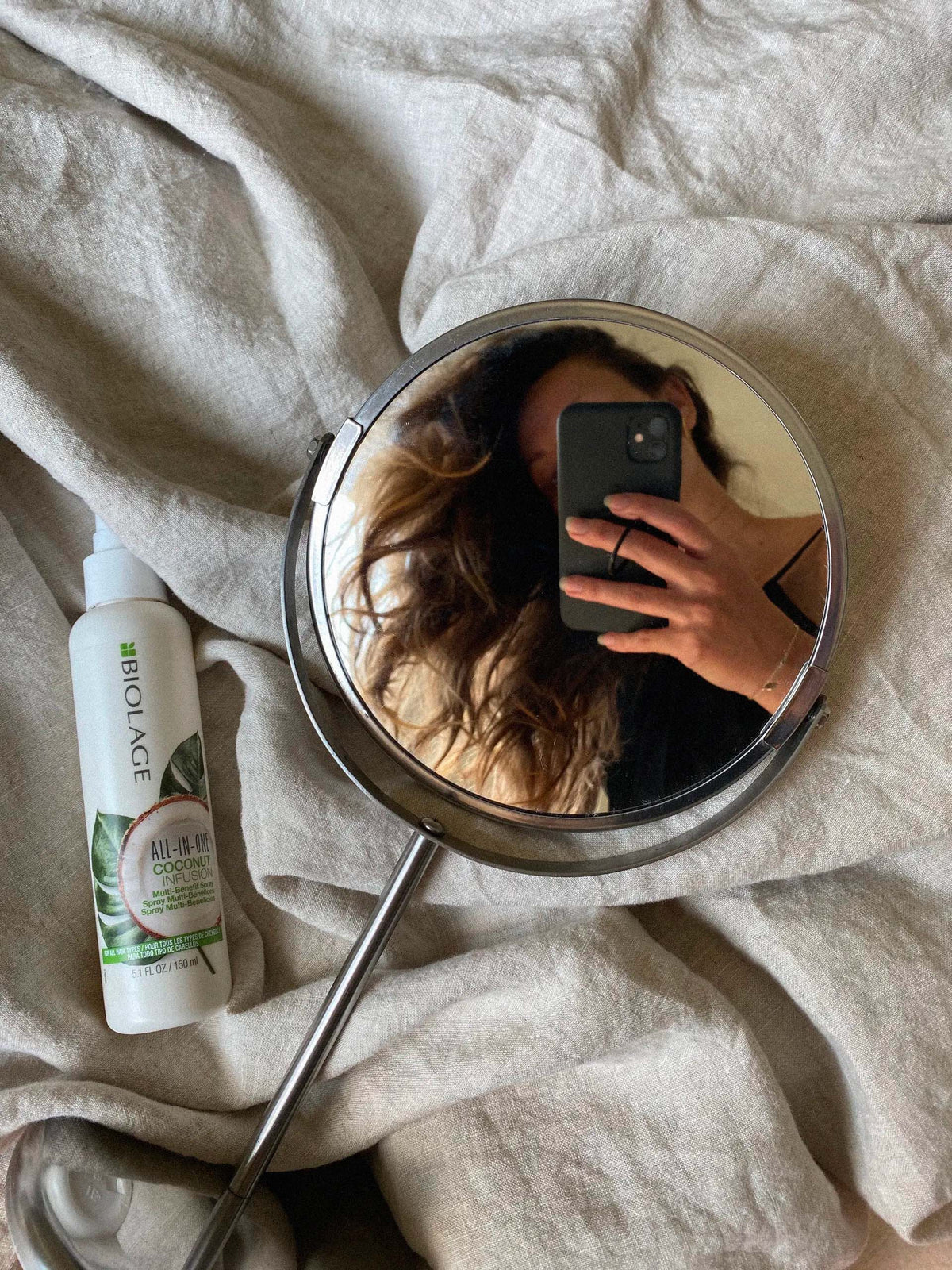
INVEST TIME IN MASKS & TREATMENTS
“Use a hair mask once a week in the shower to ensure the hair you do have is getting the nutrients it needs,” Brook says. As a spokesperson for Biolage, she recommends the brand’s Hydrasource Deep Treatment Pack and Fiberstrong Deep Treatment Pack.“Use this for three minutes in the shower instead of your conditioner.” In terms of leave-in treatments, Brook recommends Vegamour’s GRO Hair Serum and Biolage R.A.W. Scalp Care Rebalance Scalp Oil.
Clean Beauty. Science-Backed. Made for You.
AVOID HEAT STYLING
“Opt for air-drying your hair instead,” Brook says. “If you do need to blowdry your hair, try using a lower heat setting or letting your hair air-dry about 60-75% before hitting it with the blowdryer.”
Clean Beauty. Science-Backed. Made for You.
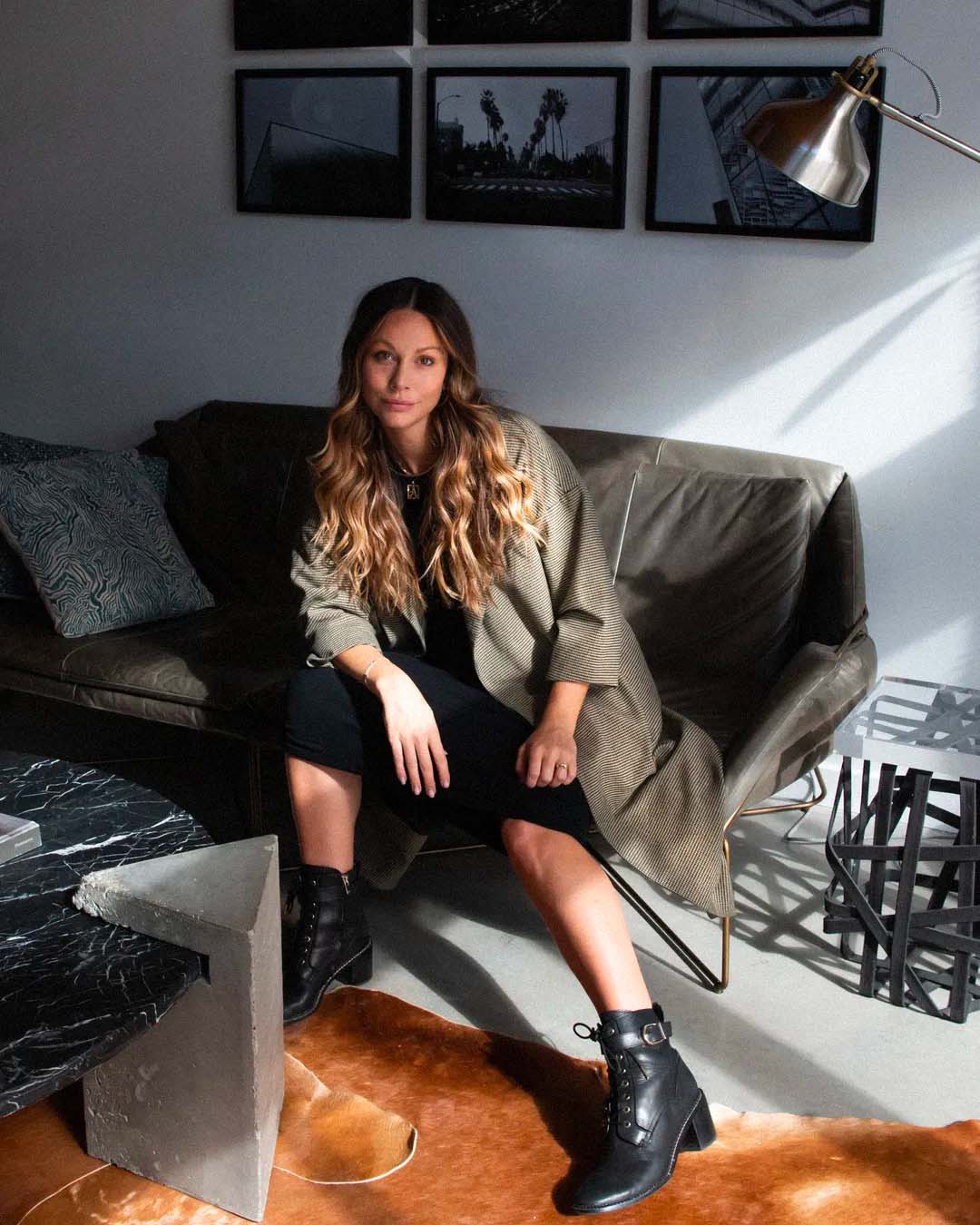
ASK YOUR MD ABOUT DIET & SUPPLEMENTS
Always follow the advice of your doctor, but for Brook, maximizing key nutrients was helpful. She leaned into eggs, berries, spinach, fatty fish, sweet potatoes, avocados, nuts, and seeds and cut out high-mercury fish, sugar, and high glycaemic foods, she says. “They provide a good source of protein, biotin, omegas 3 and 6, and fatty acids that help to strengthen the hair cuticle and nourish the scalp.”
In terms of supplements, Brook recommends talking to your healthcare provider to see if you’re a candidate for adding things like biotin, collagen, iron, zinc, and vitamin D. “My favorite is subscription service Perelel because regardless of where you are in your motherhood journey, they pair you with the right subscriptions to match your nutritional needs,” she says. Then, for specific supplements, she swears by Shore Magic Hydrolyzed Marine Collagen Protein and The Nue Co Plant Protein. But again, always check with your doctor before adding new supplements to your diet as many can be unregulated and are not well suited, or safe, for every person.



